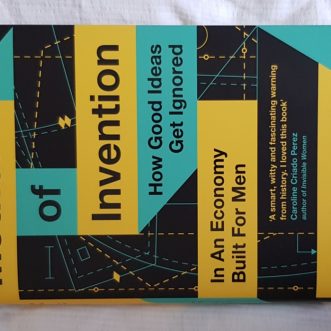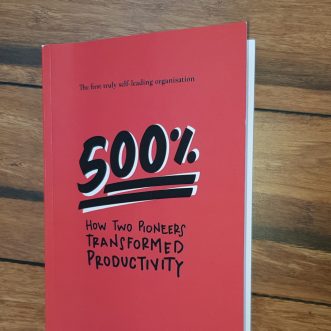December 3, 2020
“Good Services” principle number 12 is “A good service encourages the right behaviours from staff and users.”
The “right behaviours” are up to you. They are the behaviours that live up to the Promise you have made to prospects and clients. You can encourage them to happen by building in reminders of why an Activity or Process gets done, and by making sure the right things are measured and rewarded – or more importantly, that the wrong things aren’t.
An old example: A Chinese emperor offered a financial reward for dead rats. The intention was to reduce the population of rats plaguing the country. The outcome was that people started breeding rats to get the reward.
A recent example: Under Tony Blair, GPs were given a target of no more than 48 hours waiting time for an appointment. The intention was to have GP practices create more capacity. The outcome was that it became impossible to book an appoint more than 48 hours in advance, and almost impossible to get an appointment at all.
A financial example: CEOs of listed companies are often rewarded through share options. The intention is that by prudent management and investment, the business generates more value for shareholders. The outcome is often a slow decline followed by a sudden collapse of the business, as CEOs find ‘easier’ ways to raise the share price that actually damage the viability of the business.
We humans are lazy AND ingenious. If you want people to do ‘the right thing’, you have to make that the easiest and most rewarding option. You have to build processes that go with the grain.
Designing those processes takes thought and effort. It means cycling through some difficult questions:
- What do I really want people to do? How do I really want them to behave?
- If I want them to do that, how do I measure it? Is that easy to capture or does it make more work?
- If I use this as the measure, what else might be done to achieve it? Do I want that?
…and back again to the beginning.
It’s hard work, that requires going against the grain. But the payoff is well worth it, for everyone.










